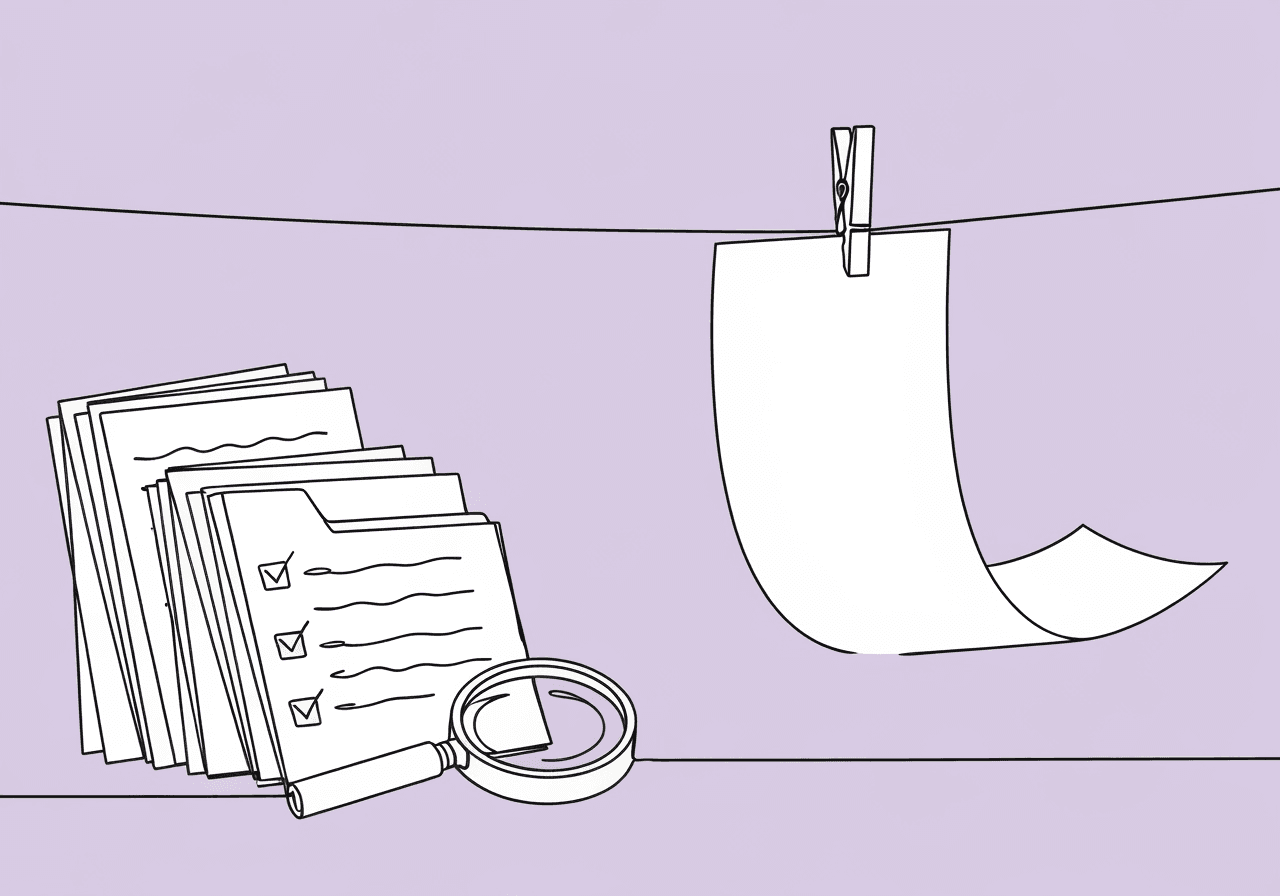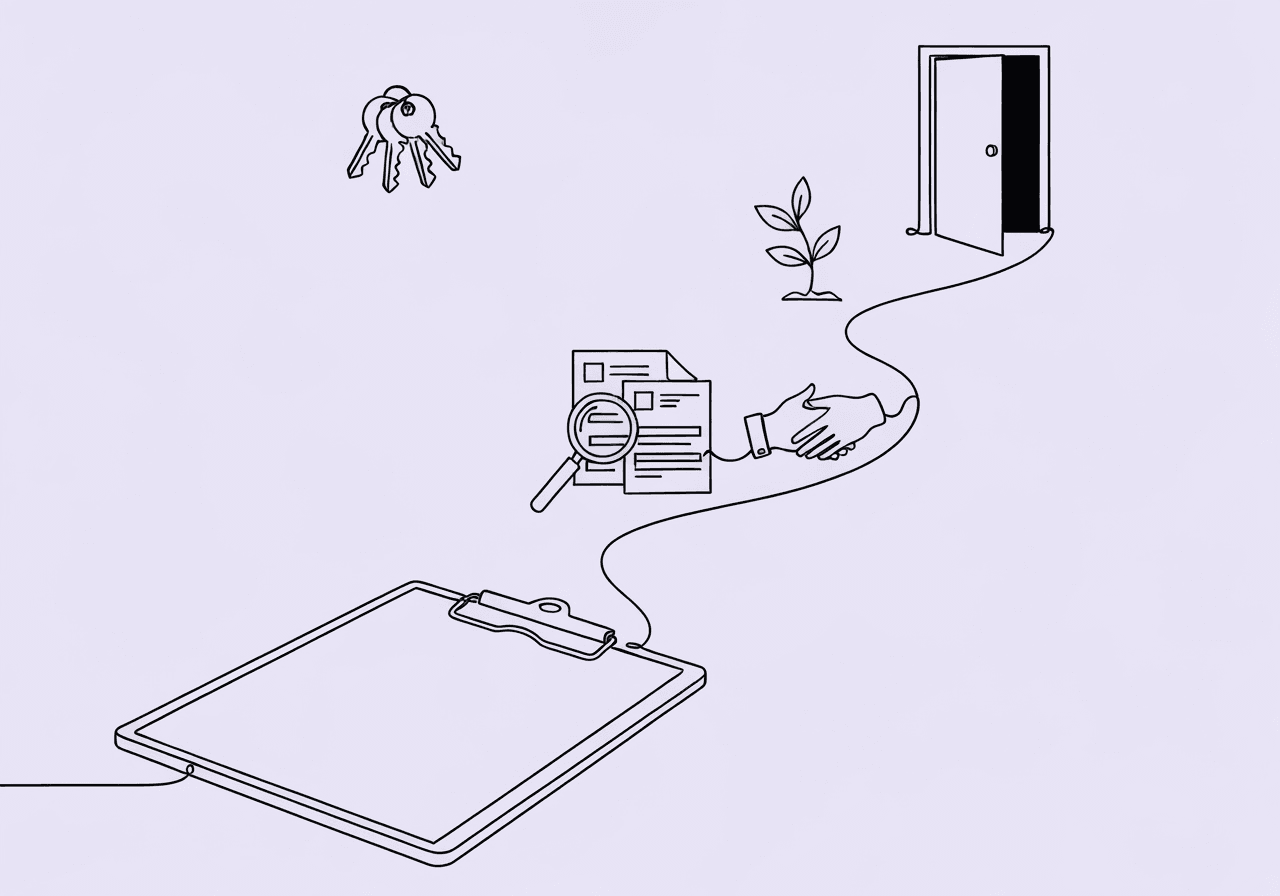ABA Service Fading Documentation Guide for BCBAs

In Applied Behavior Analysis (ABA), ABA service fading documentation is key to helping clients gain independence while gaining payer approval for fewer hours. As a BCBA, handling this process ethically and in line with rules can avoid denials, keep funding steady, and protect treatment quality. It's especially important now—research shows about 66% of kids referred for ABA services stay in for 12 months, but that drops to 46% at 24 months Patient Outcomes After Applied Behavior Analysis for Autism. This stresses the value of smart fading to keep gains going. This guide gives you evidence-based ways to justify cuts, handle concerns from others involved, and stay compliant.
You'll learn about:
- Ethical and clinical reasons for fading services.
- Step-by-step data gathering for mastery and generalization.
- Key parts of documentation for LMNs and reports.
- Ways to help families through changes.
- BCBA duties in supervision after the fade.
ABA Service Fading Documentation: Ethical and Clinical Justification
Fading ABA services means slowly cutting back on session length and focus as clients master skills. This lets them use those skills in real life without constant help from pros. It fits ABA basics by building independence and avoiding too much reliance on therapy, which might hurt results over time. The Behavior Analyst Certification Board (BACB) says ethical work needs choices based on real data. That way, services stay helpful and focused on the client.
From a clinical view, fading helps skills stick and carry over—big signs of good treatment. Skills might not carry over if you skip fading. As noted in BHCOE guidance, a clear fading plan from the start builds trust with caregivers and frees up resources for those who need more Suggestions for Ethically Fading Out ABA Services. Studies back this up: fading stops unneeded dependence and keeps progress alive. See the BACB Ethics Code for Professional Conduct (2022) for details BACB Ethics Code. One study on prompt fading shows it helps prevent dependence Effects of Prompt-Fading Strategies.
On the ethics side, BCBAs have to weigh how much service is needed against what's best. Don't drag out therapy if it burdens families or payers. Common practices call for fading at 80-100% mastery across places, but adjust for each client study on mastery criteria in ABA. This keeps things in line with rules and boosts client well-being through lasting changes.
Detailed Steps for Data-Driven Service Reduction in ABA
Set clear mastery goals first, like 80-90% accuracy over several sessions with no prompts. This gives a solid way to track skill growth. Use tools like frequency counts or percent correct to log progress. Spot patterns that show when to cut back. A study in the Journal of Applied Behavior Analysis (2020) found that mastery with varied examples boosts generalization by 20-30% over single-setting work study on mastery criteria in ABA.
Then check how skills work in new spots. Test them there and get caregivers to practice naturally. Do maintenance checks after mastery, say weekly or monthly, to see if they hold without full help. That same study says steady data tracking, like interval recording, beats spot checks for long-term results.
After that, roll out cuts in steps: drop hours by 10-25% at a time. Watch for any backslide and tweak with fresh data. Work with your team on home plans to make shifts smooth. Research in Behavior Analysis in Practice (2022) links data-based fading to generalization data with good outcomes in most cases. Details vary by person study on ABA service intensity.
Last, record every part. This makes a strong case for payers. Tie cuts to real progress, not just time passed.
ABA Service Fading Documentation for Insurance Compliance
Update the Letter of Medical Necessity (LMN) first. Explain why hours drop, tied to new assessments and data. Add ICD-10 codes, current skills level, and hard numbers—like maladaptive behaviors down 50% in six months. UnitedHealthcare guidelines (2023) say LMNs need provider signatures and proof to pass review UHC ABA Guidelines.
Progress reports are central. Sum up goals met with clear examples, like "Client dressed alone in 9 out of 10 tries at home and clinic." Use numbers to show changes in methods due to mastery. Include graph trends. BHCOE standards (2021) call for reports in 48 hours, signed by BCBAs, with fidelity notes BHCOE Documentation Standard.
Add parts on parent training and links to other pros. Payers like Medicaid want proof of full care. Skip fuzzy words. Quantify wins, like "School use cut prompts by 40%." Keep records for checks. Match HIPAA and state rules. This speeds up service reduction LMN approvals.
Addressing Parental Concerns about Reduced ABA Hours and Maintaining Progress at Home
Parents may fear less time means lost ground. Start talks early. Frame fading as proof of success, not a step back. Share charts of steady mastery to ease worries. Autism Society tips (2023) say clear plans cut anxiety when families see home steps Autism Society Resources.
To keep progress, give easy ABA tools like schedules or tokens for daily use. Train parents on ways to spread skills, like at meals or trips. This links therapy to life. A Journal of Autism and Developmental Disorders study (2022) shows caregiver roles in fading keep most skills at six months study on parental involvement in ABA.
Ease burnout with quick resources, like short modules. Mark wins to stay positive. If issues linger, do team reviews with the BCBA. Adjust plans together. This makes justifying reduced ABA hours feel like a team effort.
The Role of the BCBA in Supervision and Follow-Up After the Fade
BCBAs guide fading by checking fidelity via observations and data looks. Make sure steps match the plan as hours drop. Tweak for new issues, like booster sessions if checks show slips. The BACB Handbook (2022) requires at least 5% oversight time BACB Handbook.
After fade, do checks at 1-3 months for ongoing carry-over. Team up with families on self-track tools. Guide without full restart. A Behavior Analysis in Practice study (2021) shows BCBA follow-up stops backslide in most cases through data focus study on BCBA supervision in ABA.
In the end, BCBAs push for client self-reliance. Log oversight to prove rules met and long-term wins.
Frequently Asked Questions
How do you determine the right time to start fading in ABA therapy?
Start fading when a client hits mastery, like 80-90% on their own across settings for a few sessions. BCBAs review data for carry-over and hold before cuts. BHCOE tips (2016) stress early caregiver talks for easy shifts BHCOE Fading Suggestions.
What are common challenges when fading ABA services?
You might see skill slips or pushback from caregivers over lost gains. Tackle with small steps and strong home practice. Data tracking helps spot issues early for quick fixes.
How can caregivers support fading at home?
Caregivers help by using learned steps in everyday spots and noting behaviors in basic logs. Give them tools like prompt levels. A Journal of Applied Behavior Analysis study (2020) links family roles to better skill hold study on skill generalization in ABA.
What ethical considerations apply when fading ABA services?
Stick to data choices, get consent, and skip extra time per BACB rules. Put client needs first, watch for risks like reliance. The BACB Ethics Code (2022) calls for open plans to support self-rule BACB Ethics.
How does fading impact the child's long-term independence?
Fading builds lasting skills by moving from pros to everyday help. This boosts real-life use. A 2021 Behavior Analysis review shows it avoids over-reliance and sharpens results study on ethical ABA practices.
What strategies ensure skills generalize during service reduction?
Teach with varied examples and test across places from the start. Get families in on rewards to connect settings. A 2022 study says this lifts generalization in most ABA cases study on prompting strategies in ABA.
Mastering ABA service fading documentation lets BCBAs push for right-sized, ethical care that respects client steps. Base reasons on data—from mastery tests to LMN stories. This wins payer buy-in and builds true independence. Sources like BACB and journals show smart fading keeps results without endless therapy.
Here's how to use this:
- Check client data vs. mastery goals. Write an LMN update.
- Meet with family. Share the fade plan with visuals.
- Do a one-month check after cuts. Adjust if needed.
This method boosts compliance and real help for families and pros.
Popular in Compliance & HIPAA
- 1
BCBA Procedural Fidelity Checklist: Essential H-6 Guide
1,2456 min read - 2
ABA Documentation Checklist: RBT Compliance Guide 2025
1,2389 min read - 3
RBT Renewal Competency Documentation Guide for BCBAs
1,1786 min read - 4
BCBA Service Discontinuation Ethics: BACB Guide
7576 min read - 5
BCBA Ethical Documentation Best Practices
6516 min read
Popular in Compliance & HIPAA
- 1
BCBA Procedural Fidelity Checklist: Essential H-6 Guide
1,2456 min read - 2
ABA Documentation Checklist: RBT Compliance Guide 2025
1,2389 min read - 3
RBT Renewal Competency Documentation Guide for BCBAs
1,1786 min read - 4
BCBA Service Discontinuation Ethics: BACB Guide
7576 min read - 5
BCBA Ethical Documentation Best Practices
6516 min read
Related Resources
Explore more helpful content on similar topics

ABA Documentation Audit Fails: 7 Pitfalls to Avoid
Avoid common ABA documentation audit fails that trigger insurance denials. Discover BCBA audit preparation strategies: clear, measurable notes, supervision logs, and accurate coding for audit-proof compliance.

ABA Goal Documentation Compliance: BCBA Guide
Master ABA goal documentation compliance as a BCBA. Learn to establish baselines, apply the 4 C’s (Clear, Conditions, Criteria, Rationale), and meet medical necessity standards for insurance approval and funding success.

BCBA Documentation Audit Readiness Checklist
Achieve BCBA documentation audit readiness with our expert checklist. Master ABA compliance in intake, BIP/ISP plans, session data integrity, staff supervision, and discharge for seamless payer audit preparation. Start securing your practice today!